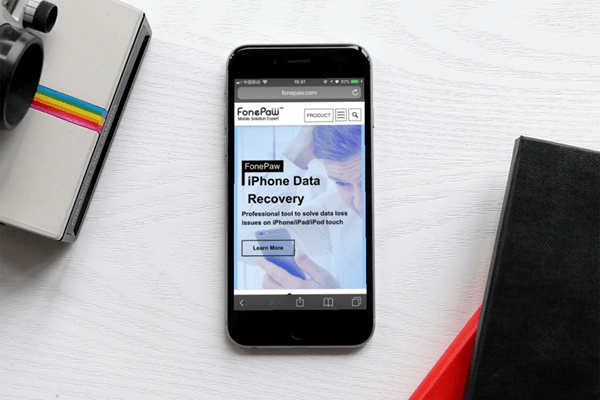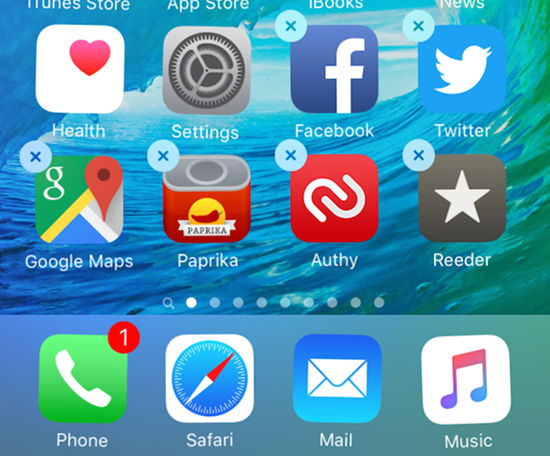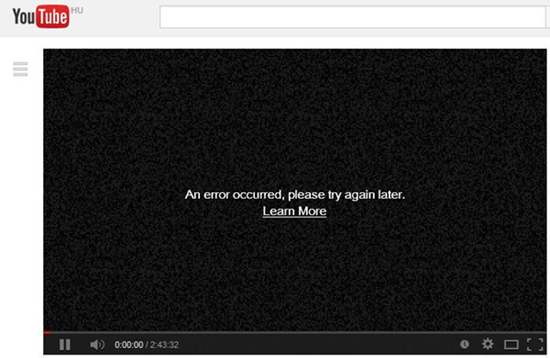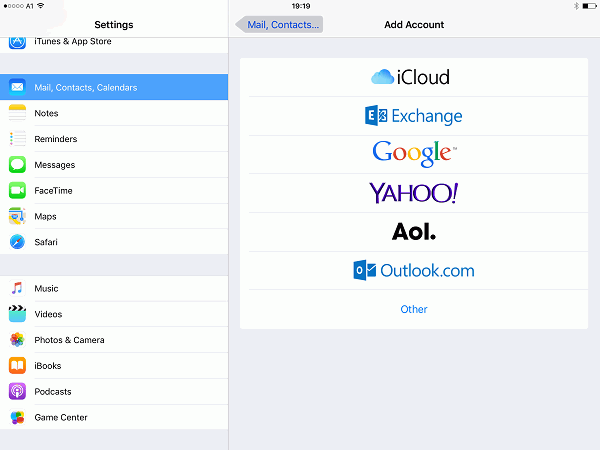A Small Businesses Guide to Managing Timesheets Efficiently from Your Phone
What is my team working on? How long have my employees worked today? Are people late for work? What about their vacation time, how many days does each employee have left?
"Without becoming aware of how you currently spend your time, it's hard to reflect on whether you're acting in ways that match up with what your values and highest-impact tasks are. Keeping a time log is a great way to find your starting point, your base level."
–Chris Bailey, The Productivity Project
It's easy to forget the role of time tracking in a small dynamic business. Business owners may believe that they have the answers to all of those questions but the fact is that they don't. A recent study surveying 500 businesses estimates that the business's inability to manage time properly is costing the U.S. economy 50 million hours, or $7.4 billion a day, in productivity. To a small business, these numbers translate into a considerable loss.
Over the past decade, digitalization and automation have prompted new technologies that have changed the way organizations, groups, and individuals function on a daily basis. Furthermore, the widespread adoption of mobile technologies has increased the effectiveness of digital efforts. In terms of time tracking, automated mobile solutions are now widely available across the internet - each claiming to have a unique solution to your business's needs. But, how do you cut through the clutter and make the right decision? Let's take a greater look at the topic at hand.

Traditional vs Digital Time Tracking
Prior to technological advancements, individuals and businesses used to measure their productivity on a paper. At the end of every day, employees were required to note down the number of hours worked. This paper was then submitted to the management team for evaluation and, accordingly, payroll was created.
However, businesses eventually realized that this methodology was filled with errors. Not only were employees prone to make mistakes, but they could also manipulate work hours to their benefit. As a response to this problem, punch clocks were invented with the goal of automating the time tracking process. However, similar to pen and paper time tracking, punch clocks didn't have the desired impact.
Pen and paper and punch clocks are traditional methodologies that have been prevalent for years. Although not ideal, they served their purpose while they were relevant.
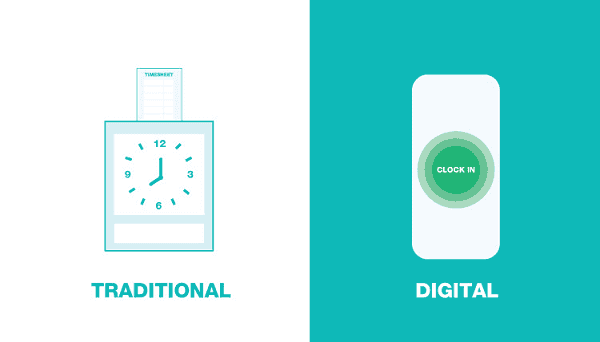
Today, in an ever-expanding market, those who continue to use those traditional methods are at a great disadvantage. Digital solutions have taken the market by storm and businesses have been quick to adopt them.
Relative to traditional methods, digital time tracking is accurate, efficient and it promotes transparency across teams and clients. This is where automation makes a big difference. By accurately tracking past projects, a company can predict the cost of future projects. This, in turn, helps reduce the risk of the company going over budget or losing money on a project.
Yet, not all digital time trackers are created equal. While some offer the full package, others lack behind in features, customer service, or even core functionalities.
The "Ideal" Time Tracking Solution
Ideal is a term that is difficult to define because every business has its own needs. However, there are some core functionalities that every business should look for when searching for a time tracking solution.
Core Feature: Accurate Time Tracking
One of the core functionalities that you should be looking for in a time tracking solution is its ability to accurately render work hours. Modern time tracking systems are designed for accuracy and proven to have little or no errors.
When there is a general understanding among staff, clients and contractors that time is being managed accurately than we know that we are on our way to building a healthy relationship. Having a greater understanding of how internal or external individuals spend their hours during projects can considerably improve decision making.
Additionally, try to spot the sub-features that developers have incorporated under time tracking. This could include anything from break management, job categorization, paid-time-off hours, notifications and more. These might look small but they will contribute towards the time tracking experience - which is important when trying to adopt the system in your business.
In general, be cautious of developers that promise but don't deliver. How to spot them? Look into reviews, and update logs. Usually outdated platforms tend to deliver a poor user experience but reviews will also do you justice!
Core Feature: GPS Location Tracking
Let's narrow our focus further.
![]()
So far, we have talked about every platform that has time tracking functionalities. Now, we are going to focus on a smaller market of developers that have jumped one step above the rest by adopting their platforms to mobile devices.
The most remarkable advancement in the time tracking industry that resulted from this transition is location tracking. Whether you are a construction business managing your crew on multiple job sites or a software developing company hiring remote workers across the world, location tracking capabilities are an essential component to your time management systems. Not only will you eliminate fraud and tardiness with regards to work hours but you will also build transparency and accountability throughout the organization.
It is worth noting that location tracking does not violate the privacy of the employee as long as it contained within work hours. Accordingly, the majority of the time tracking apps have adopted their technologies to this matter.
Core Feature: Timesheets and Reporting
The features that have been discussed so far are responsible for acquiring legitimate and accurate data. However, without a proper reporting system, the data can sometimes be overwhelming - especially when working across job sites.
Luckily, reporting systems are another core feature that many platforms have mastered. Similar to time tracking, reporting can branch out in many ways through sub-features. Whether you are looking for general or individual timesheets, daily-insights, or real-time reporting the options are widely available.
Moreover, all of these processes are computed automatically. No more wasting countless hours filling timesheets with the hopes of making no errors. Modern time trackers will allow business owners and managers to spend less time preparing and collecting timesheets while focusing on elements that really matter - the data.
There is no "ideal" time tracking solution that fits the profile of all businesses. However, there are a few key factors on which time tracking apps can be compared. These factors can be translated into core features that small business owners need to properly manage work hours, assess employee performance, detect fraud, improve certain processes and more.
As such, start looking through your options and bear in mind the core features. Look through reviews, business logs and other relevant sources of information that can give you a glimpse of where the platform stands.



















